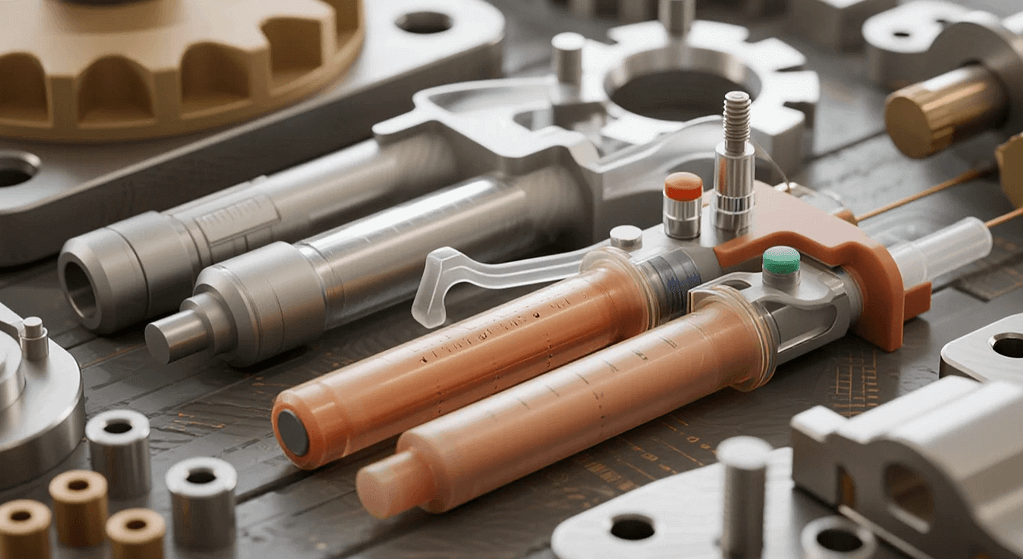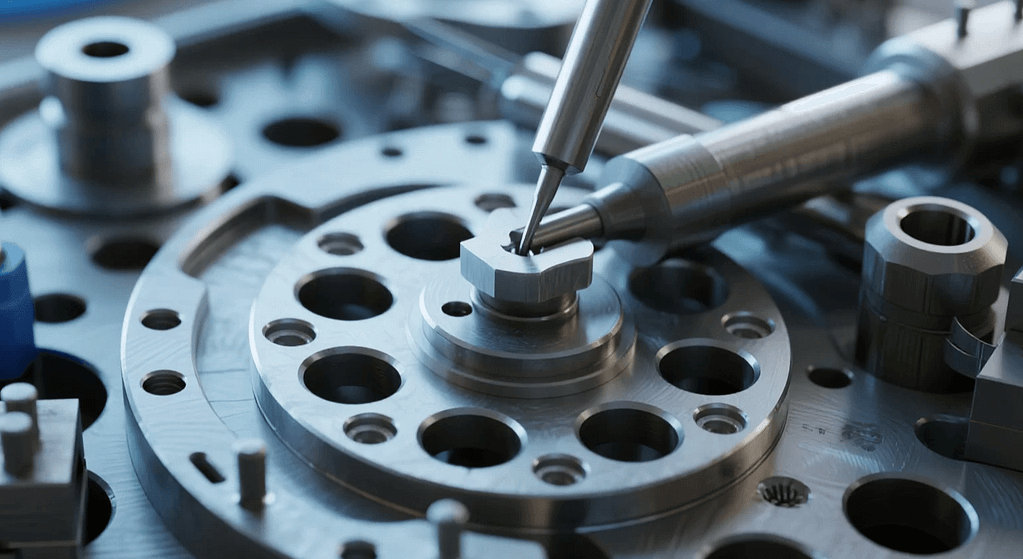In the healthcare sector, where safety and reliability are paramount, medical device CNC machining plays a central role in producing parts that meet stringent quality standards. This manufacturing process uses advanced computer-controlled tools to create precise components for medical applications, ranging from surgical instruments to orthopedic implants. The accuracy, repeatability, and material versatility of CNC machining make it an indispensable technology for the medical device industry.
Understanding Medical Device CNC Machining

Medical device CNC machining involves using computer numerical control (CNC) systems to automate the cutting, shaping, and finishing of parts with extreme precision. Unlike manual machining, CNC operations follow programmed instructions, ensuring consistent tolerances even for complex geometries.
Medical devices must meet strict international standards, such as ISO 13485 and FDA regulations, and CNC machining helps manufacturers achieve these requirements by delivering consistent quality and traceable production records.
Why Precision Matters in Medical Manufacturing
Medical devices interact directly with the human body, meaning even minor inaccuracies can result in product failure or patient harm. For example:
- A surgical tool with a rough edge could damage tissue.
- An implant with incorrect dimensions might fail to integrate with bone.
CNC machining enables manufacturers to work within micrometer-level tolerances, ensuring that each component is functionally and dimensionally correct. The ability to produce identical parts repeatedly is vital for large-scale production of standardized medical products.
Applications of CNC Machining in Medical Devices

The versatility of CNC machining makes it suitable for a broad range of medical applications, including:
- Orthopedic implants – titanium hip joints, spinal fusion devices, and bone screws.
- Surgical instruments – forceps, scalpels, retractors, and drill guides.
- Dental devices – crowns, bridges, and orthodontic components.
- Prosthetics – custom-fitted sockets and mechanical parts.
- Diagnostic equipment – housings for MRI coils, precision brackets, and sensor holders.
These parts often require biocompatible materials, which CNC machining can handle efficiently, including stainless steel, titanium, and medical-grade plastics like PEEK.
Key Advantages of Medical Device CNC Machining
- Unmatched Precision and Repeatability
CNC systems maintain consistent accuracy, even across high-volume production runs. - Material Flexibility
Supports metals, plastics, and composites, allowing customization for specific medical needs. - Complex Geometry Capability
Can produce intricate shapes that are impossible with manual processes. - Compliance with Medical Standards
Facilitates documentation, traceability, and regulatory compliance. - Shorter Lead Times
Rapid prototyping and efficient production enable faster market delivery.
Quality Control in Medical CNC Machining
Every stage of medical device production undergoes rigorous inspection. This includes:
- Coordinate Measuring Machines (CMM) for dimensional verification.
- Surface roughness tests to ensure smooth finishes.
- Material certification checks to confirm biocompatibility.
Traceability is critical, meaning every part’s manufacturing history is documented for compliance purposes.
Challenges in Medical Device CNC Machining
While the process offers many benefits, manufacturers must overcome challenges such as:
- Tight Tolerances – Maintaining accuracy at the micrometer level.
- Material Hardness – Machining titanium and high-strength alloys can be demanding.
- Regulatory Complexity – Navigating global standards like FDA, CE, and ISO 13485.
- Cost Management – High-precision production often requires significant investment in tooling and equipment.

Future Trends in Medical CNC Machining
The medical manufacturing sector is evolving with new technologies, such as:
- 5-Axis CNC Machining – Enabling faster, more complex part production.
- Automation and Robotics – Increasing throughput while reducing human error.
- Hybrid Manufacturing – Combining CNC with additive manufacturing for greater design flexibility.
- Digital Twin Technology – Simulating machining processes before physical production to optimize results.
결론
Medical device CNC machining is more than just a manufacturing technique—it’s a vital link between engineering innovation and patient safety. By combining precision, material versatility, and compliance readiness, CNC machining ensures that healthcare professionals receive reliable tools and patients receive safe, effective medical devices. As technology advances, this manufacturing method will continue to set the standard for quality in the medical sector.
자주 묻는 질문
Q1: What materials are most commonly used in medical device CNC machining?
Stainless steel, titanium, cobalt-chrome alloys, and medical-grade plastics like PEEK are widely used for their biocompatibility and durability.
Q2: How does CNC machining ensure medical device safety?
It achieves tight tolerances, smooth finishes, and consistent dimensions, reducing the risk of device failure.
Q3: Is CNC machining suitable for custom medical devices?
Yes, CNC machining allows rapid prototyping and customization to meet patient-specific needs.
Q4: How is quality controlled in CNC-machined medical parts?
By using advanced metrology equipment, maintaining detailed production records, and following strict inspection protocols.
